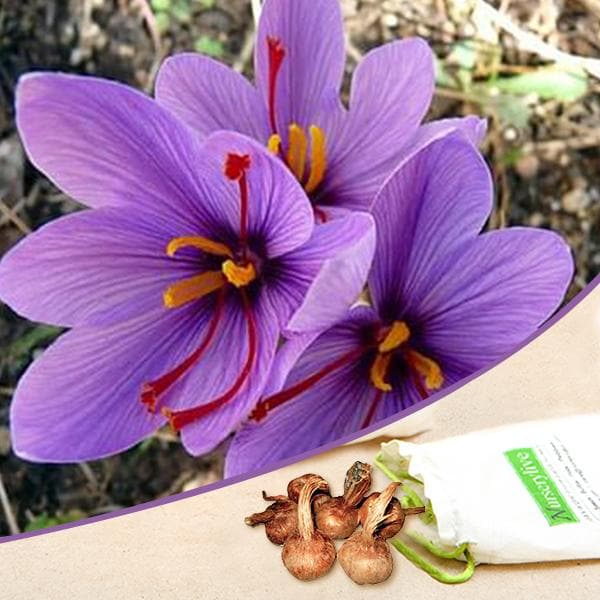
Crocus sativus, Kesar, Saffron - Bulbs (set of 5)
(MRP Inclusive of all taxes)
- Shipping ₹79 for entire order
- Dispatch in 7 days
- Country of origin: India

(MRP Inclusive of all taxes)
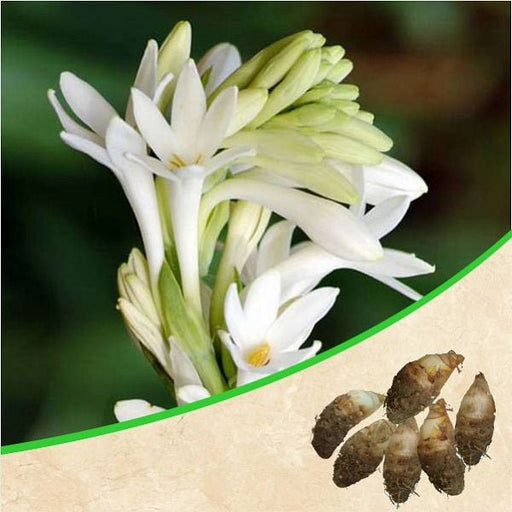
Rajnigandha, Tuberose - Bulbs (Set of 10) Experience the enchanting fragrance of Rajnigandha, also known as Tuberose, with this set of 10 ...
View full details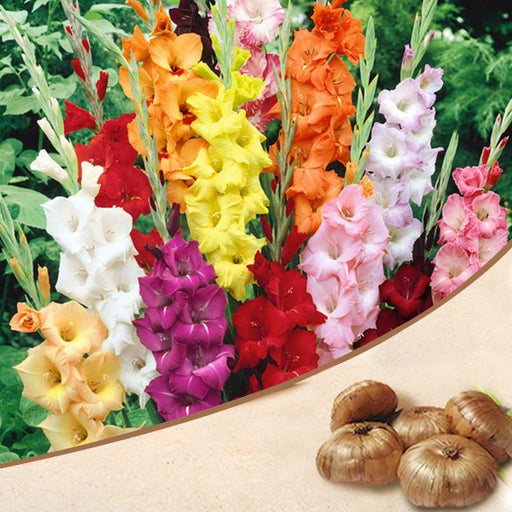 Save 20%
Save 20%
Gladiolus (Random Color) - Bulbs (Set of 10) Transform your garden into a vibrant spectacle with our Gladiolus bulbs, available in a delig...
View full details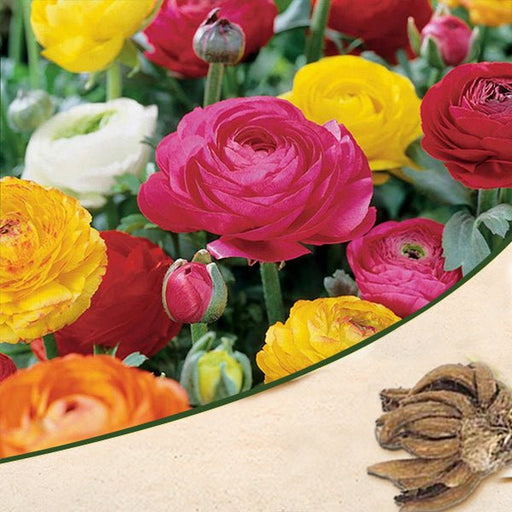 Sold out
Sold out
Ranunculus (Random Color) - Bulbs Transform your garden into a vibrant tapestry of colors with our Ranunculus bulbs. Known for their stunn...
View full details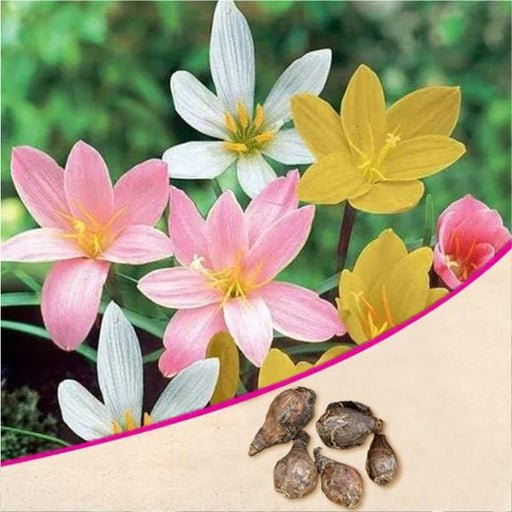
Zephyranthes Lily, Rain Lily (Random Color) - Bulbs (Set of 10) Transform your garden into a vibrant oasis with our Zephyranthes Lily, com...
View full details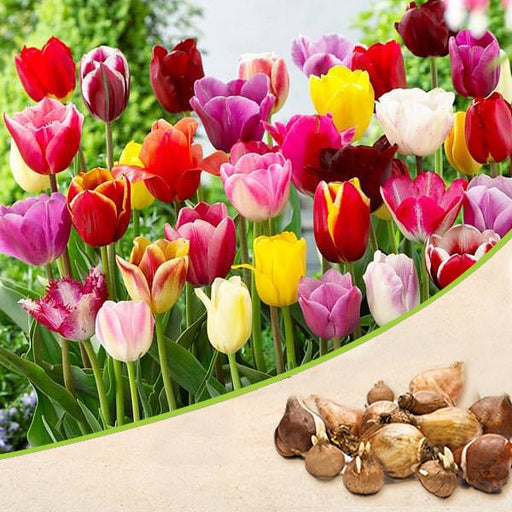 Sold out
Sold out
Tulip (Random Color) - Bulbs Bring a burst of color to your garden with our Tulip (Random Color) bulbs! These vibrant flowers are a spring...
View full details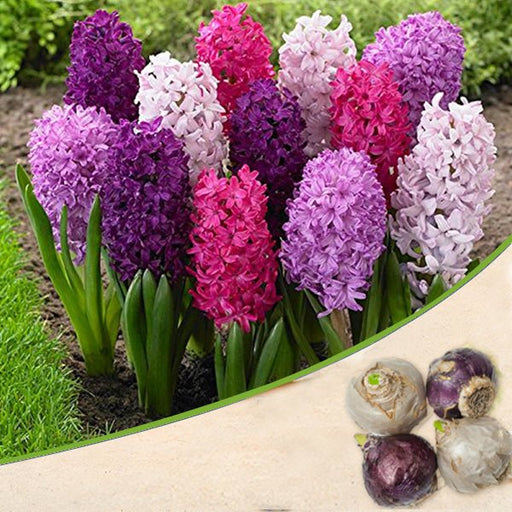 Sold out
Sold out
Hyacinth (Random Color) - Bulbs Transform your garden into a vibrant spectacle with our Hyacinth bulbs, available in a delightful random a...
View full details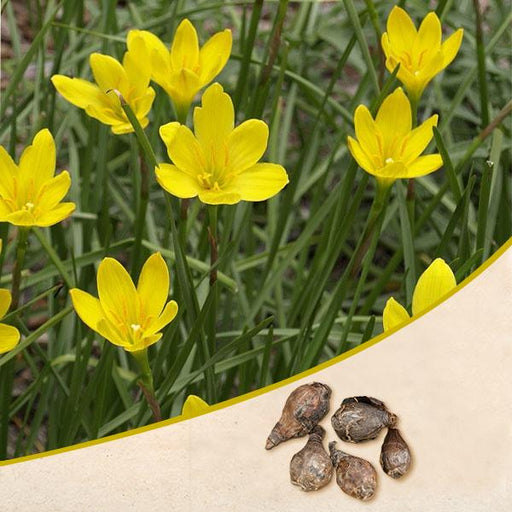
Zephyranthes Lily, Rain Lily (Yellow) - Bulbs (Set of 10) The Zephyranthes Lily, commonly known as the Rain Lily, is a stunning addition t...
View full details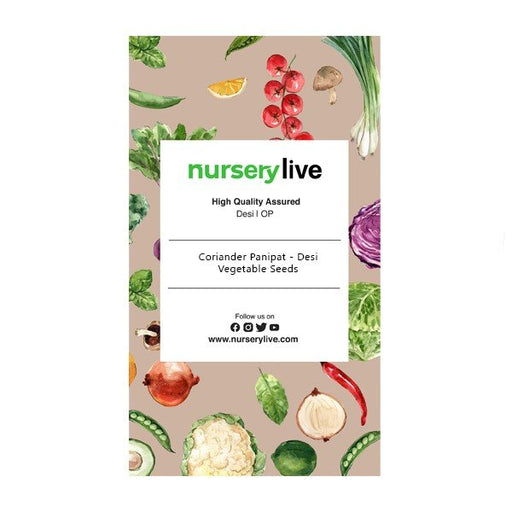
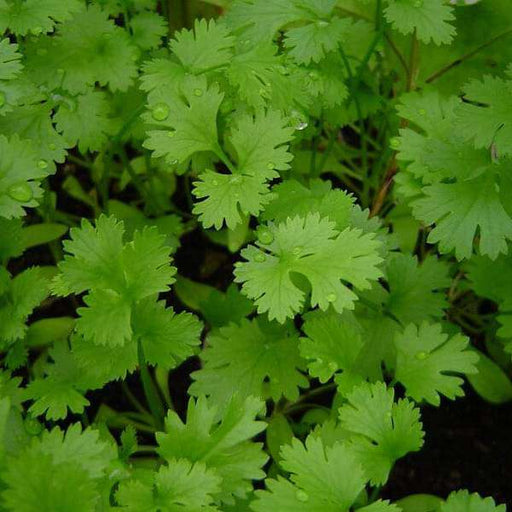 Save 25%
Save 25%
Coriander Panipat - Desi Vegetable Seeds Coriander Panipat is a premium variety of coriander seeds, cherished for its aromatic leaves and ...
View full details
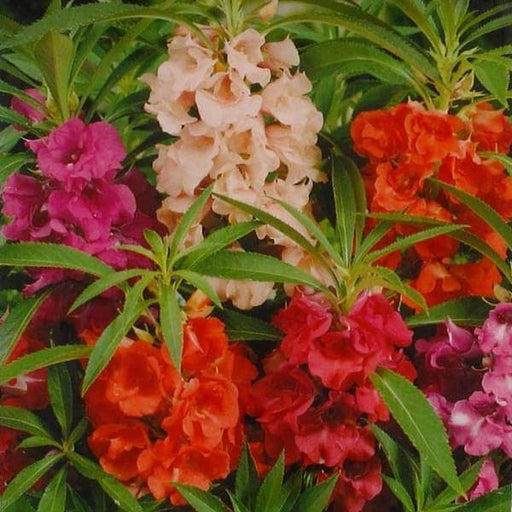 Save 25%
Save 25%
Balsam Double Mixed Color - Desi Flower Seeds Discover the vibrant beauty of Balsam Double Mixed Color - Desi Flower Seeds, a delightful a...
View full details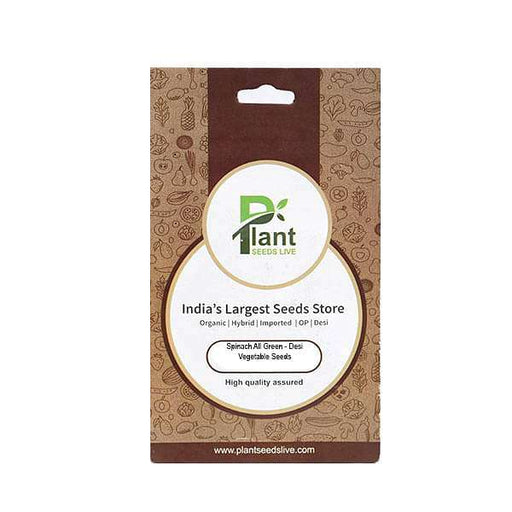
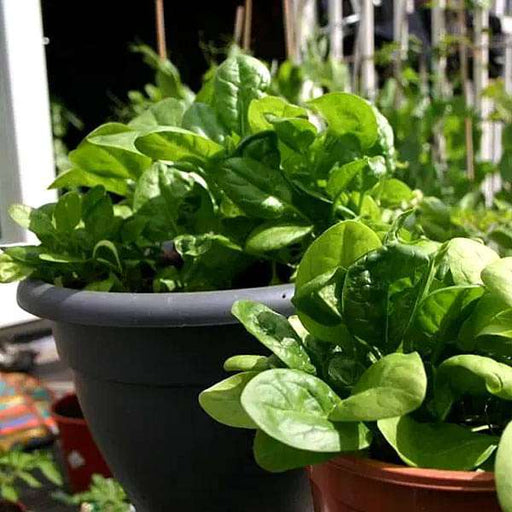 Save 25%
Save 25%
Spinach All Green - Desi Vegetable Seeds Introducing the Spinach All Green - Desi Vegetable Seeds, a premium variety of spinach that thriv...
View full details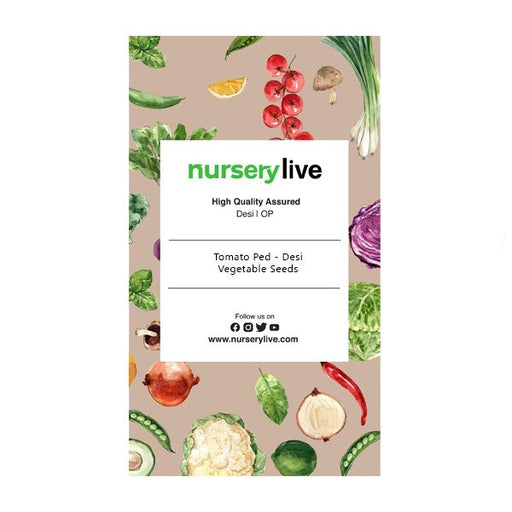
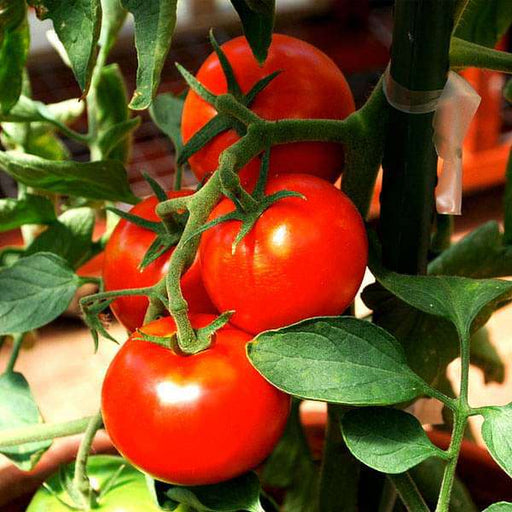 Save 25%
Save 25%
Tomato Ped - Desi Vegetable Seeds Introducing the Tomato Ped - Desi Vegetable Seeds, a premium selection of heirloom tomato seeds that pro...
View full details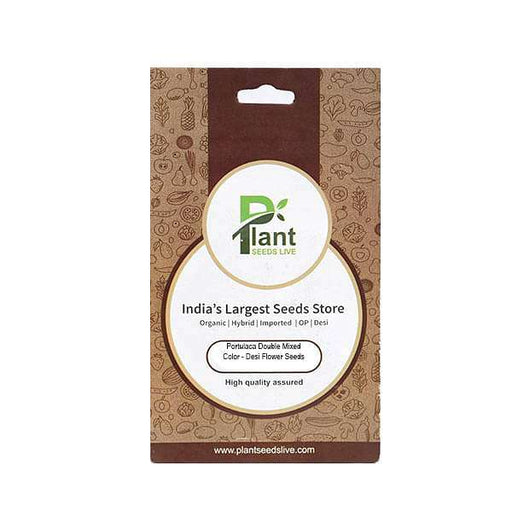
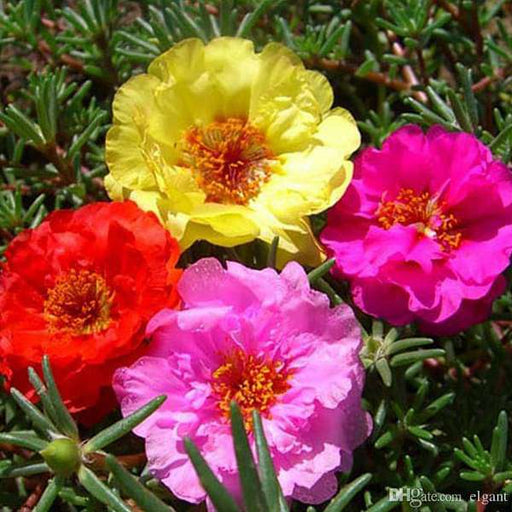 Save 25%
Save 25%
Portulaca Double Mixed Color - Desi Flower Seeds Discover the vibrant beauty of Portulaca Double Mixed Color, a stunning collection of Des...
View full details Save 35%
Save 35%
Strawberry - Fruit Seeds Discover the joy of growing your own strawberries with our premium Strawberry Fruit Seeds. Known scientifically a...
View full details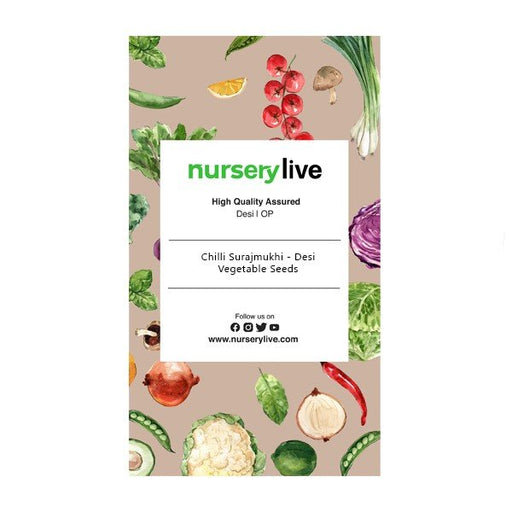
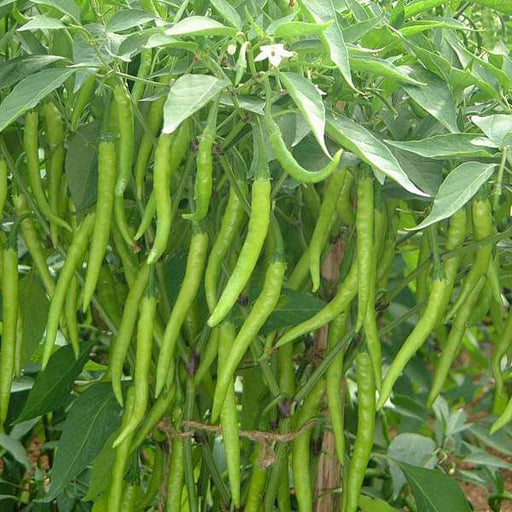 Save 25%
Save 25%
Chilli Surajmukhi - Desi Vegetable Seeds Introducing the Chilli Surajmukhi, a unique variety of desi vegetable seeds that brings a burst o...
View full details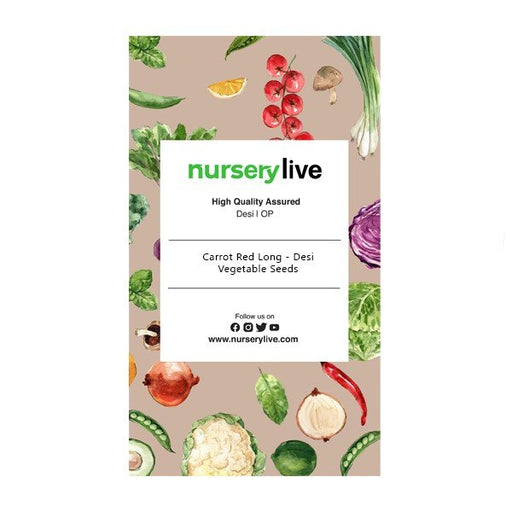
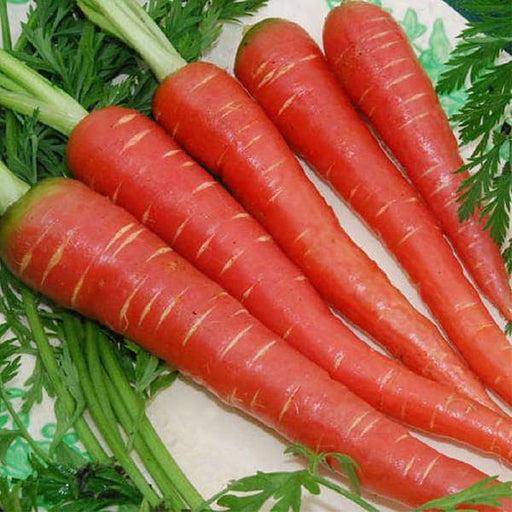 Save 25%
Save 25%
Carrot Red Long - Desi Vegetable Seeds Introducing the Carrot Red Long - Desi Vegetable Seeds, a premium variety known for its vibrant col...
View full details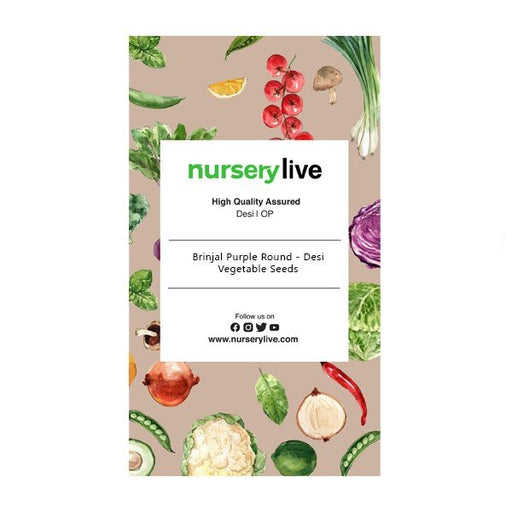
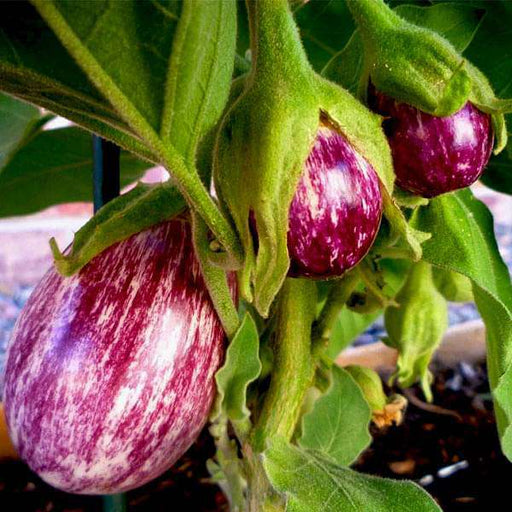 Save 25%
Save 25%
Brinjal Purple Round - Desi Vegetable Seeds Discover the rich flavors and vibrant colors of Brinjal Purple Round, a staple in Indian cuisi...
View full details
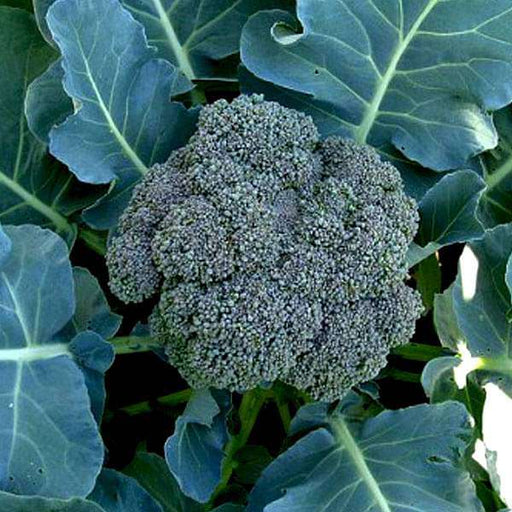 Save 25%
Save 25%
Broccoli Green - Desi Vegetable Seeds Discover the vibrant world of Broccoli Green with our premium Desi Vegetable Seeds. Known for its ri...
View full details
 Save 35%
Save 35%
Best 6 Plants for Perfect Indoor Garden Transform your living space into a lush oasis with our curated collection of the Best 6 Plants for a...
View full details
 Save up to 50%
Save up to 50%
Mini Succulent Garden Pack Transform your space with our Mini Succulent Garden Pack, featuring a delightful collection of 4 any variety beautiful s...
View full details
 Save 30%
Save 30%
5 Best Fragrant Plants Transform your garden or indoor space into a fragrant paradise with our curated selection of the 5 Best Fragrant Plants. Th...
View full details
 Save 24%
Save 24%
Set of 2 Bonsai Looking Grafted Adeniums Transform your indoor or outdoor space with our exquisite Set of 2 Bonsai Looking Grafted Adenium...
View full details Save 45%
Save 45%
Top 4 Die Hard Succulents Pack Transform your indoor or outdoor space with our Top 4 Die Hard Succulents Pack, featuring a curated selecti...
View full details
 Save 30%
Save 30%
5 Best Indoor Plants Pack Transform your living space into a lush oasis with our '5 Best Indoor Plants Pack.' This carefully curated collection fe...
View full details
 Save 25%
Save 25%
Set of 4 Evergreen Air Purifier Plant Pack Transform your indoor space into a lush, green oasis with our Set of 4 Evergreen Air Purifier Pla...
View full details| SrNo | Item Name | Qty |
|---|---|---|
| 1 | Crocus sativus, Kesar, Saffron - Bulbs | 5 |
Discover the exquisite beauty and culinary delight of Crocus sativus, commonly known as Kesar or Saffron. This set of 5 bulbs allows you to cultivate your own saffron at home, providing you with the world’s most expensive spice. Renowned for its vibrant color and unique flavor, saffron has been cherished for centuries, not only for its culinary uses but also for its medicinal properties.
What makes Kesar special is its labor-intensive harvesting process, where each flower produces only three red stigmas, handpicked at dawn. This rarity contributes to its high value and status as a luxury ingredient. Saffron is not just a spice; it’s a symbol of culture and tradition, used in various cuisines and rituals across the globe.
Special features of Crocus sativus include its stunning purple flowers that bloom in the fall, making it a beautiful addition to any garden. The bulbs are hardy and can thrive in various climates, providing a sustainable source of saffron while enhancing biodiversity in your garden.
Crocus sativus is a sustainable crop that requires minimal water compared to other spices. By growing saffron, you contribute to biodiversity and support local ecosystems. Its cultivation can also help improve soil health and reduce erosion, making it an environmentally friendly choice for gardeners.
Ah, the star of the show! Crocus sativus, or saffron crocus, is the botanical diva that produces the world’s most expensive spice—saffron. This little bulb is not just a pretty face; it’s a culinary treasure that adds a golden touch to your dishes. Imagine sprinkling a bit of sunshine on your risotto or paella. With its vibrant purple flowers, it’s like the celebrity of the garden, demanding attention and admiration. Plant these bulbs, and you’ll be the proud owner of a garden that not only looks good but also smells divine. Just remember, patience is key; good things come to those who wait, especially when it comes to harvesting those precious saffron threads.
Kesar, the royal name for saffron, is not just a spice; it’s a lifestyle! This luxurious ingredient has been gracing the kitchens of emperors and foodies alike for centuries. Known for its distinct flavor and vibrant color, Kesar is the secret weapon in your culinary arsenal. Whether you’re whipping up a traditional biryani or a decadent dessert, a pinch of Kesar elevates your dish from ordinary to extraordinary. Plus, it’s packed with antioxidants, so you can feel a little less guilty about indulging. So, go ahead and treat yourself to the golden goodness of Kesar; your taste buds will thank you, and your dishes will shine like royalty.
Saffron bulbs are the unsung heroes of the garden. These little powerhouses are the starting point for your saffron adventure. Planting saffron bulbs is like investing in a golden future—literally! With just a little care and attention, these bulbs will reward you with stunning flowers and the coveted saffron threads. They thrive in well-drained soil and love a sunny spot, making them the perfect addition to any garden. Plus, they’re low maintenance, so you can spend less time gardening and more time dreaming about all the delicious dishes you’ll create with your homegrown saffron. Get ready to dig in and watch your garden bloom!
Saffron cultivation is the art of turning patience into gold. Growing saffron is not for the faint of heart; it requires dedication, but the rewards are worth it. From planting the bulbs to harvesting the delicate threads, every step is a labor of love. The process is akin to a romantic relationship—there’s a lot of nurturing involved, but the end result is pure bliss. With the right conditions, you’ll be rewarded with a bountiful harvest that will make your culinary dreams come true. So, roll up your sleeves and dive into the world of saffron cultivation; it’s a journey that will spice up your life!
Saffron threads are the golden jewels of the culinary world. These delicate strands are what make saffron so special, and they’re worth their weight in gold—literally! Each thread is hand-harvested, making it a labor-intensive process that adds to its allure. When you add saffron threads to your dishes, you’re not just enhancing flavor; you’re also adding a touch of elegance. A little goes a long way, so don’t be shy about using them in your cooking. Whether you’re making a luxurious risotto or a fragrant tea, saffron threads will elevate your dish to gourmet status. So, sprinkle some magic into your meals and let the saffron shine!
The culinary uses of saffron are as diverse as they are delicious. This spice is a superstar in kitchens around the world, adding a unique flavor and stunning color to a variety of dishes. From savory to sweet, saffron can transform the ordinary into the extraordinary. Think saffron-infused rice, creamy risottos, or even a luxurious dessert like saffron panna cotta. The possibilities are endless! Plus, it’s a great conversation starter—who wouldn’t want to impress their guests with a dish that features the world’s most expensive spice? So, unleash your inner chef and explore the culinary wonders of saffron; your taste buds will thank you!
Saffron isn’t just a pretty spice; it comes with a host of health benefits that will make you feel good about indulging. Packed with antioxidants, saffron is known for its mood-boosting properties, making it a natural remedy for those rainy days. It’s also been linked to improved digestion and even better sleep. Who knew that a little sprinkle of saffron could do so much? Plus, it adds a touch of luxury to your meals, so you can feel like royalty while reaping the health rewards. So, go ahead and embrace the health benefits of saffron; it’s a delicious way to treat yourself!
Saffron recipes are where the magic happens! This spice opens up a world of culinary creativity, allowing you to experiment and impress. From classic dishes like paella to innovative desserts, saffron can elevate any recipe. Imagine a saffron-infused risotto that makes your guests swoon or a delicate saffron ice cream that leaves them begging for more. The beauty of saffron recipes is that they’re not just about flavor; they’re about creating an experience. So, gather your ingredients, channel your inner chef, and let saffron take your cooking to new heights. Your kitchen will become a haven of deliciousness!
Saffron gardening tips are essential for anyone looking to cultivate this golden treasure. Growing saffron is a rewarding endeavor, but it does require some know-how. First, choose a sunny spot with well-drained soil; saffron bulbs are picky about their living conditions. Water them sparingly—these bulbs prefer to be on the dry side. And don’t forget to give them some love during the growing season! With a little patience and care, you’ll be rewarded with beautiful blooms and a bountiful saffron harvest. So, roll up your sleeves and get ready to dig into the world of saffron gardening; it’s a journey worth taking!
Saffron harvesting is the grand finale of your saffron journey. This delicate process requires a gentle touch and a keen eye, as the flowers bloom for just a short time. Timing is everything; you want to harvest the saffron threads at the perfect moment to ensure maximum flavor and color. It’s a labor of love, as each thread is hand-picked, making it a true artisanal endeavor. Once you’ve harvested your saffron, the real fun begins—using it in your favorite recipes! So, embrace the art of saffron harvesting; it’s a rewarding experience that will leave you with a sense of accomplishment and a pantry full of golden goodness.
Crocus sativus, the superstar of the spice world, is the plant that produces saffron. This vibrant flower blooms in autumn, and its delicate stigmas are hand-harvested to create the world’s most expensive spice. Think of it as nature’s little treasure, adding a dash of luxury to your culinary creations!
Kesar is just the fancy name for saffron in India, and it’s the same golden goodness derived from Crocus sativus. This spice is renowned for its unique flavor, aroma, and color, making it a must-have in dishes like biryani and desserts. Who knew a tiny thread could pack such a punch
Planting Crocus sativus bulbs is as easy as pie! Choose a sunny spot with well-drained soil, dig a hole about 4 inches deep, and pop those bulbs in, pointy side up. Water them lightly, and let nature do its magic. Soon, you’ll have a saffron garden that’ll make your neighbors green with envy!
The best time to plant saffron bulbs is in late summer to early fall. This timing allows the bulbs to settle in before the chilly weather hits. Think of it as giving your bulbs a cozy little home before they burst into bloom and start their saffron-producing shenanigans!
Patience is a virtue, especially with saffron! After planting, you can expect those beautiful Crocus sativus flowers to bloom in about 6 to 8 weeks. It’s like waiting for a surprise party—exciting and worth the wait when those vibrant blooms finally show up!
From one Crocus sativus bulb, you can expect to harvest a mere three red stigmas. Yes, it’s a tiny yield, but that’s what makes saffron so special! Each flower is like a little goldmine, and with a set of five bulbs, you’ll have enough to sprinkle some magic on your dishes.
Absolutely! Growing saffron in pots is a fantastic idea for those with limited garden space. Just ensure your pot has good drainage and plenty of sunlight. With a little love and care, you’ll have a portable saffron paradise right on your balcony or patio!
Saffron loves well-drained soil, full sun, and a bit of neglect—just like a cat! Aim for a pH of 6 to 8, and keep the soil dry during dormancy. With these ideal conditions, your Crocus sativus will thrive and reward you with those precious saffron threads.
Caring for saffron plants is a breeze! Water them sparingly, especially during dormancy, and remove any weeds that dare to invade their space. Fertilize lightly in spring, and watch for pests. With minimal fuss, your saffron plants will flourish, and you’ll be the proud owner of a spice garden!
Oh, absolutely! While saffron may come with a price tag that makes you gasp, its unique flavor and health benefits are worth every penny. Plus, growing your own Crocus sativus means you’ll have a steady supply of this golden spice, making you the envy of every foodie in town!
To keep your saffron fresh and fabulous, store it in an airtight container away from light and moisture. A dark, cool cupboard is its happy place. Proper storage ensures that your saffron retains its vibrant color and flavor, ready to elevate your dishes whenever you need a sprinkle of magic!